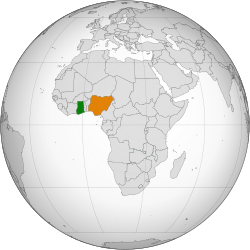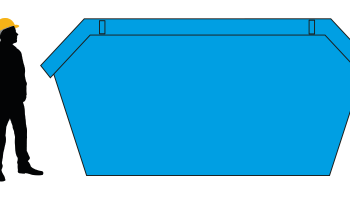
In the examination, one of the focal precepts of the Rastafari development is the allure of the bringing home of individuals of colour from the Americas and somewhere else back to Africa. While Ethiopia explicitly has land accessible in Shashamane to empower this venture, Repatriation To Ghana individuals of colour who are residents of nations outside Africa don’t have the privilege of getting back to Africa, even though as people they are allowed to attempt to emigrate.
Different angles :
Bringing home is frequently the “neglected” period of the exile cycle; the accentuation for help is for the most part on the genuine period abroad. However, numerous repatriates report encountering challenges on return: one is not, at this point uncommon, functional issues emerge, new information acquired is not, at this point valuable, and so forth These challenges are exceptionally affected by various components including self-administration, mate’s change, time spent abroad and expertise usage. What is significant is that each individual alternately sees these variables. Reintegration is a cycle of re-consideration or re-consolidation of an individual into a gathering or an interaction and may add to defeating repatriation.

Bringing home non – human substances:
Direct supervisors and HR staff regularly notice the troubles a repatriate encounter, yet they are not generally ready to follow up on it. Spending weaknesses and time requirements are oftentimes referred to as reasons why it neglects to be a plan need. Answers for bringing home troubles don’t need to be costly and can prompt incredible advantages for the company.[citation needed] Basic help can comprise, for instance, good correspondence ahead of time, during, and after the worldwide task, or a coaching program to help the repatriate. They ostracize and his/her family should feel comprehended by their organization. The backing can expand work fulfilment, consequently ensuring the venture made by the company.
Parts where human remains:
Return of human remaining parts to their country of beginning. In the United States, Native Americans’ human remaining parts are uncovered and taken out from their entombment destinations in the development/land advancement measure or as a feature of archaeological excavations.
The Native American Graves Protection and Repatriation Act (NAGPRA) of 1990 set up the cycle whereby governmentally perceived Indian clans and Native Hawaiian associations can demand that administrative offices and establishments getting bureaucratic assets to return socially subsidiary human remaining parts. The NAGPRA additionally presents arrangements that take into account the aura of Native American human remaining parts found on government grounds to the subsidiary Indian clan or Native Hawaiian association. NAGPRA doesn’t have any significant bearing to the Smithsonian Institution, which is covered under the bringing home arrangements of the National Museum of the American Indian Act of 1989.
In past times it was basic for British frontier specialists to gather heads and other body portions of native people groups like Indigenous Australians and Māori for the show in British galleries. The bringing home of these body parts is right now continuous. For an illustration of a fruitful body part bringing home, see Yagan. Another model can be seen through the committed work of the Karanga Aotearoa Repatriation Program, set up in association among Māori and the New Zealand government in 2003.



